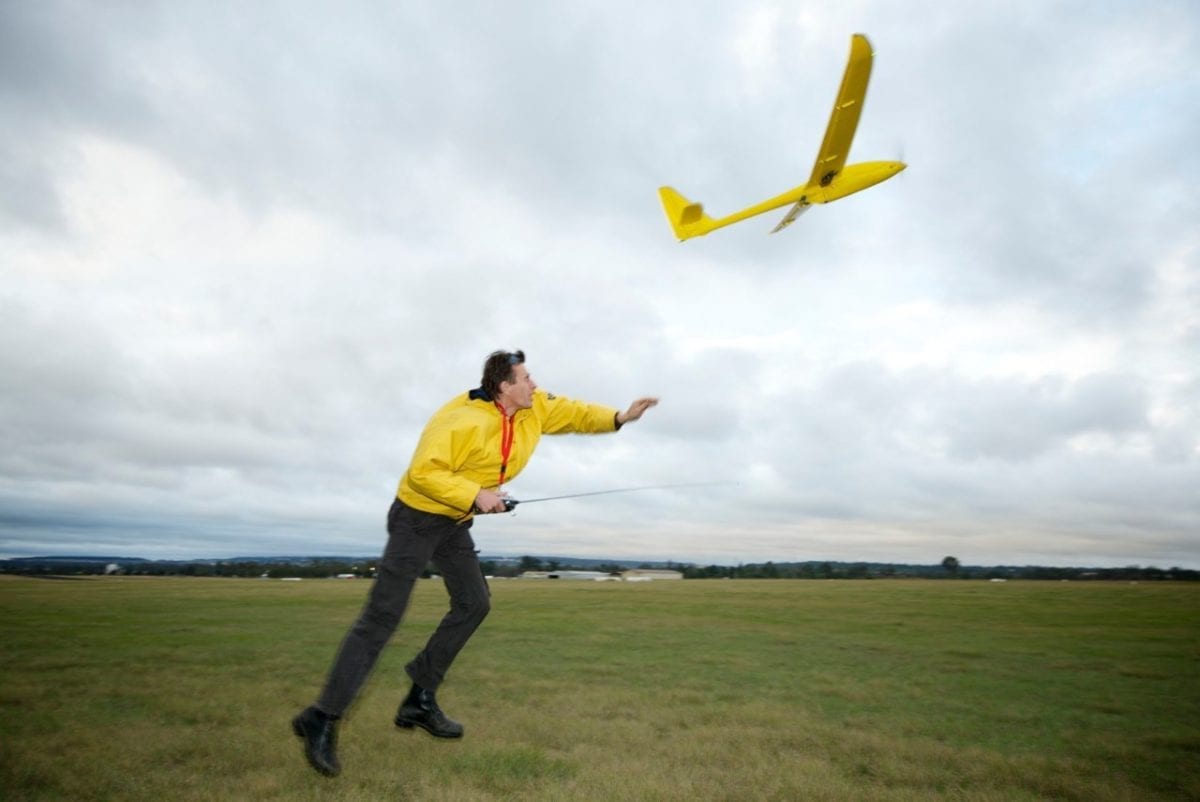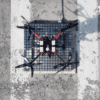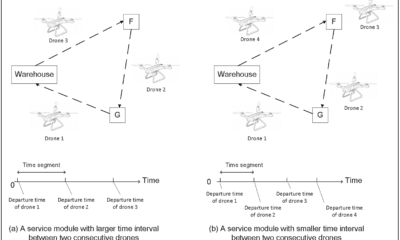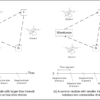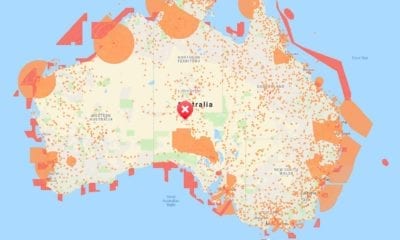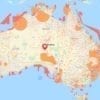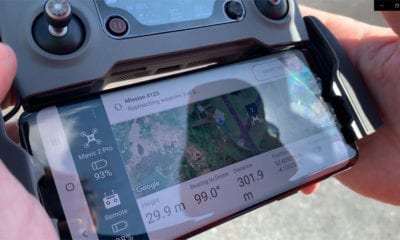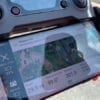Drone Delivery
UAV Challenge 2018 Concludes
The Canberra 2018 UAV Challenge was held recently with the aim to demonstrate the ability of UAVs for civilian applications that will save the lives of people in the future. The challenge harnessed the ingenuity and passion of aero modellers, university students and high-school students around the world to develop novel and cost-effective solutions.
The competition which is held every two years evolves to solve complex problems related to UAV search and rescue tasks. The base challenge was to retrieve a blood sample from a target location in a 100 meter radius search area located 11 kilometres from the takeoff. There was also a requirement for the contesting drones to fly via two intermediate waypoints in both directions that extended the minimum mission distance round trip to 46 km. All this had to be done while maintaining communications links, as well as avoiding a geofence boundary and 22 static no-fly zones. At the destination the aircraft needed to zero-in on the exact location of a visual target provided by the team using on-board imaging and then land within 10 meters of the target.
The two particularly challenging optional extensions to the challenge were to perform the whole mission completely hands off without accessing the keyboard or mouse throughout the mission, and to avoid a set of “dynamic no-fly zone” obstacles which involved simulated aircraft, flocks of birds and weather systems as obstructions in the UAV path.
One of the participating team, CanberraUAV, chose to try both extensions and developed a solution based around two aircraft to overcome the challenge posed and have published their debrief blog from the recent Medical Express Challenge.
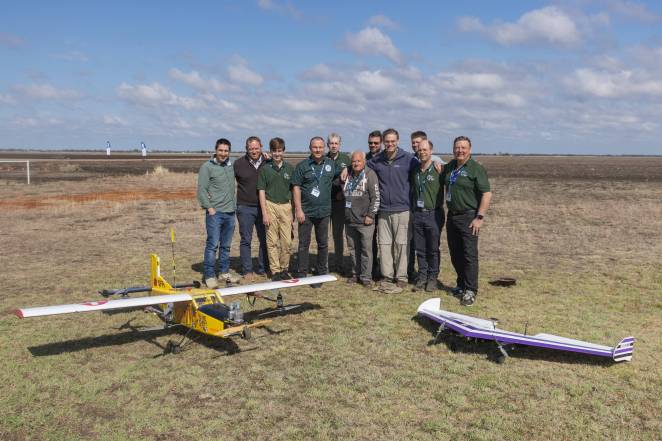
Canberra UAV team of 2018 Medical Express Challenge
For the challenge this year any breach of the exclusion zones would lead to immediate disqualification from the competition. In addition if any team wanted to try for the extensions involving dynamic no-fly zones, as the dynamic obstacle avoidance could push an aircraft in any direction, leading it to not follow the most direct path between waypoints.
Among the challenges were synthetic aircraft generated by the organisers and sent to the competing team’s GCSs’ as ASTERIX packets, white birds are of two types – the ones that looked like hawks represented birds of prey, which needed to be avoided to a radius of 200 meters and all the way to the ground from their current height.
The other white birds looked like swallows which were to be avoided to a radius of 100 meters and a height of 150 meters. There also were weather systems which moved slowly and needed to be avoided over the full available height range of the Porter. While the Kraken takeoff went smoothly, and climbed up to its holding pattern height of 600 feet AGL and started its shadow boxing with the dynamic no-fly zone obstacles that were being thrown at it by the organisers. Spectators enjoyed seeing the Kraken dodging and weaving as it avoided the imaginary aircraft.
The next stage of the flight involved the search which proceeded normally. After landing safely the Porter changed its LEDs to green to indicate that it was disarmed and the organisers measured the distance between the target and the aircraft. The two organisers at the remote site (Mick Malloy and Tyson Dodd) then loaded the blood sample into the receptacle built into the top of the Porters fuselage and pressed the button to indicate to the Porter that following the one minute countdown it should takeoff and return home. After landing the organisers retrieved the blood sample from the Porter’s sample container, and our mission was complete. The great spirit of the competition was in full evidence as teams cheered each other on and commiserated over the inevitable failures.
While no team met the conditions for “mission complete” Monash UAS got a well deserved win on points and team Dhaksha from India also did extremely well, with less than one point separating them from Monash UAS. Their use of a hybrid hexacopter brought a new twist to the challenge and demonstrated the practicality of multicopters for this type of mission. The CanberraUAV, came in 3rd.
The 2018 Outback Challenge had its high points and low points but was once again a fantastic event run professionally by the organisers and with a great spirit of involvement by all the teams. The 2020 UAVChallenge would be one to look forward to!
Click here for a full run down of the event.

